- sort orderDefault
Photo title, A → Z
Photo title, Z → A
✔ Date created, new → old
Date created, old → new
Date posted, new → old
Date posted, old → new
Visits, high → low
Random
 home / Arachnida · voragyviai / Araneae · vorai / Dictynidae · raizguoliai / Dictyna arundinacea · tamsiažiedis raizguolis
home / Arachnida · voragyviai / Araneae · vorai / Dictynidae · raizguoliai / Dictyna arundinacea · tamsiažiedis raizguolis

-
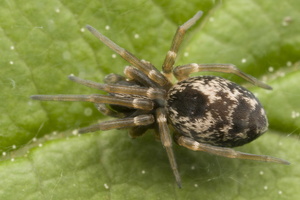 Dictyna arundinacea · tamsiažiedis raizguolis
Dictyna arundinacea · tamsiažiedis raizguolis
-
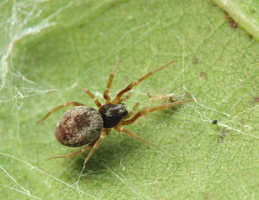 Dictyna arundinacea · tamsiažiedis raizguolis
Dictyna arundinacea · tamsiažiedis raizguolis
-
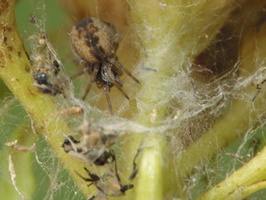 Dictyna arundinacea · tamsiažiedis raizguolis
Dictyna arundinacea · tamsiažiedis raizguolis
-
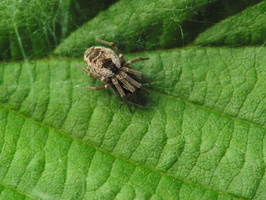 Dictyna arundinacea · tamsiažiedis raizguolis
Dictyna arundinacea · tamsiažiedis raizguolis
-
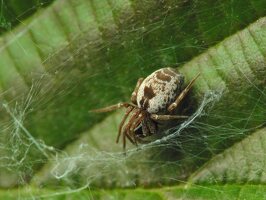 Dictyna arundinacea · tamsiažiedis raizguolis
Dictyna arundinacea · tamsiažiedis raizguolis
-
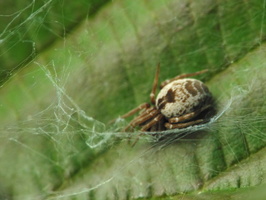 Dictyna arundinacea · tamsiažiedis raizguolis
Dictyna arundinacea · tamsiažiedis raizguolis
-
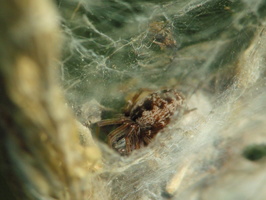 Dictyna arundinacea · tamsiažiedis raizguolis
Dictyna arundinacea · tamsiažiedis raizguolis
-
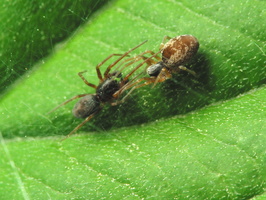 Dictyna arundinacea · tamsiažiedis raizguolis
Dictyna arundinacea · tamsiažiedis raizguolis
-
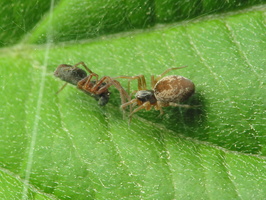 Dictyna arundinacea · tamsiažiedis raizguolis
Dictyna arundinacea · tamsiažiedis raizguolis
Dictyna arundinacea · tamsiažiedis raizguolis
- common mesh-weaver
- Gemeine Kräuselspinne, Gewöhnliche Kräuselspinne, Wiesenlauerspinne
- tamsiažiedis raizguolis
- parastais kruzuļzirneklis
- ciemieniec kędzierzawny
- en.wikipedia.org/wiki/Dictyna_arundinacea
- ukwildlife.net/spiders/dictyna.htm
- naturespot.org.uk/species/dictyna-arundinacea
- gbif.org/species/2144971
D. arundinacea has a holarctic distribution; It is found throughout Britain and northern Europe. The species is found on low, especially dry or dead vegetation, in rough grassland or herbage growing at the edges of fields, hedges and woodland rides. It spins its web in the tops of plants which supply rigidity and suitable structural spaces. The old heads of various umbellifers, docks, thistles and plants like Hypericum are favoured situations. On heathland the spider is very common on heather. The spider is not deterred by the prey's size, which is always bitten in the leg until dead. Adults occur from late spring to mid-summer. In June the male seems to stay for a month or more in the female's web where they both live in a rough chamber with several openings.
The body length 2‒3.5 mm, the females being slightly larger than the males. The carapace is dark brown. The head is covered with five rows of white hairs. The abdomen has a pattern of white hairs with a gap in the cardiac region and at the rear. The legs are brownish yellow.
Dictyna uncinata has three white stripes on the carapace and Dictyna arundinacea has five.